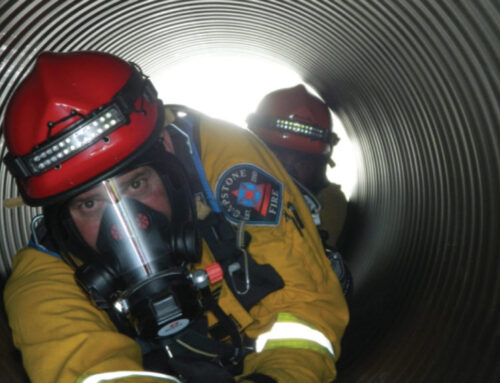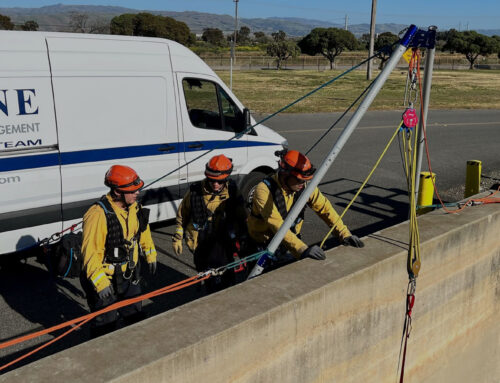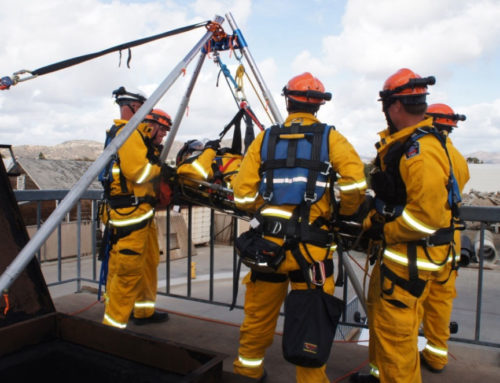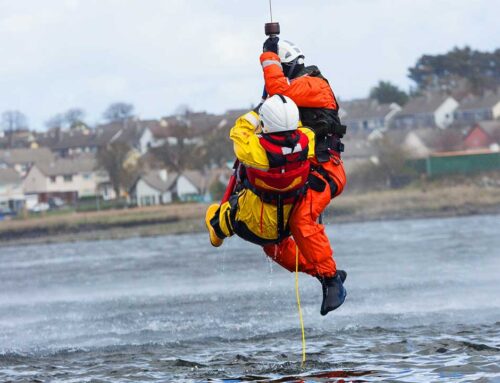Technical rescues are something commonly understood on a surface level. For example, everyone can get the gist of how to pull someone out of a confined space rescue. However, these types of rescues are deceptive, often hiding hidden dangers and obstacles that you won’t fully understand when you first undertake the rescue. Here’s the most complicated type of technical rescues that you may come across in San Francisco.
Confined Space Rescue
As previously mentioned, confined space rescues are one of the more deceptively dangerous rescues. These spaces contain a few hazards often not considered by inexperienced rescuers, such as someone’s coworker. Contained spaces often aren’t always somewhere small; they may be something that contains hazardous chemicals, with fumes that could prove toxic. Even without these hazards, the lack of airflow can lead to even more issues.
Low oxygen isn’t something the average person can detect; if oxygen runs out, someone is more likely to simply pass out than notice any issues. This can lead to increased casualties if a coworker tries to help another out, leading to more tragedy.
Vehicle Rescue
Vehicle rescue is another one of these. Car accidents often end up with crumpled metal and broken pieces, which can ensnare someone in the wreckage. While the answer may seem obvious; cutting the victim out; doing so can cause more harm than good if done improperly. Most common cutting tools create sparks; something that may be extremely dangerous around fuel fumes.
To further complicate the issue, tools that are able to shear off large pieces of metal aren’t usually held by the public, or even operable by the average person. Technical rescuers have all the correct tools, and knowledge to use them, in order to free someone trapped in a vehicle.
Structural Collapse
Structural collapses are often a worst case scenario. With modern standards, buildings are expected to stand even in the most severe conditions. However, the world is unpredictable, and the knowledge of structural collapse rescue is often necessary. This rescue type is extraordinarily complicated. Rescuers have to ensure that no part of the building continues to collapse as they work, while avoiding all forms of hazards, such as flames, fumes, or even water, depending on the worksite that was standing prior to their arrival.
Other types of rescue’s difficulty come into play; how do you cut a steel beam in the way without igniting fuel fumes? How do you deal with the lack of oxygen in a tight place with no power? These issues are those commonly studied and answered for by technical rescue personnel.
OSHA knowledge only goes so far; learning technical rescue is often out of reach for a company’s employees. Even then, making sure a coworker doesn’t risk themselves for another is also a difficult task, as it often goes against their morals and natures. A technical rescue company can tackle all the hazards created by technical rescue, and keep everyone safe and healthy with minimal risk. In San Francisco, these services aren’t uncommon. Consider keeping private technical rescuers like Capstone Fire on call for your company so they can deal with the hazards you otherwise couldn’t.






